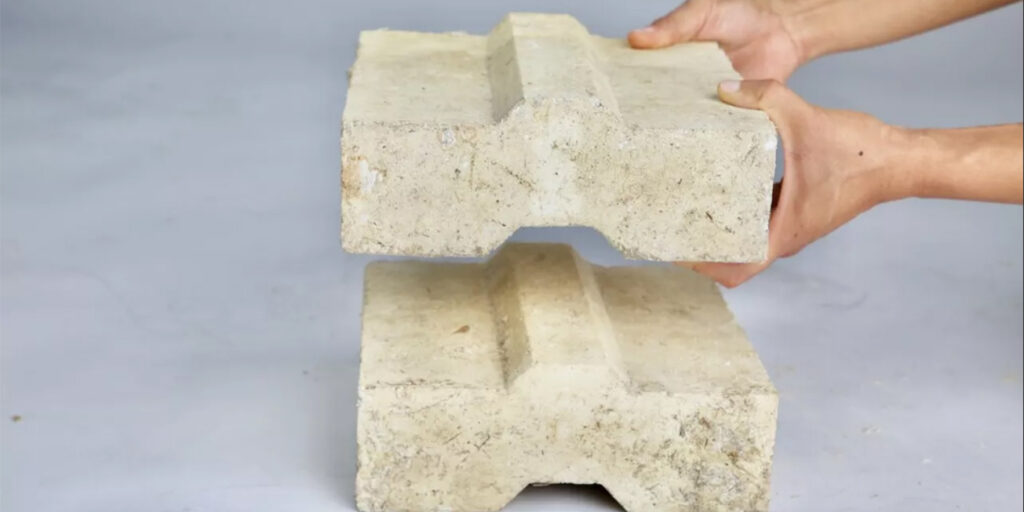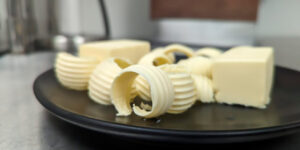A sustainable ‘brick’ made from leftover sugar cane material has been created

Author:
Ana RodríguezThe University of East London (UEL), with the support of the sugar company Tate & Lyle Sugars and the Grimshaw architecture studio, has developed an innovative construction material that has already won international awards. It is called Sugarcrete and has been created by mixing sugar cane fibers left over from sap extraction, known as bagasse, with custom-made mineral and sandy binders.
After two years of development, the UEL ensures that Sugarcrete can be used and reused in new or existing structures, replacing both brick and concrete. Likewise, it ensures that it is four to five times lighter than concrete blocks, only uses between 15 to 20 percent of its carbon footprint, and substantially reduces costs.
“Sugarcane is the world’s largest crop by production volume – almost two billion tonnes of sugarcane are produced worldwide yearly, resulting in six hundred million tonnes of fiber bagasse as by-product. Using a bio-waste-based product like Sugarcrete, we could replace the traditional brick industry, offering a potential saving of 1.08 billion tons of CO2, 3 percent of the global CO2 production. The built environment generates 40 percent of annual global CO2 emissions. Despite the global aim to hold global warming to 1.5 degrees Celsius, it is estimated that our global built floor areas will double by 2060. Therefore, we must develop alternatives to current construction methods,” says Armor Gutiérrez, senior professor of Architecture at the UEL.


